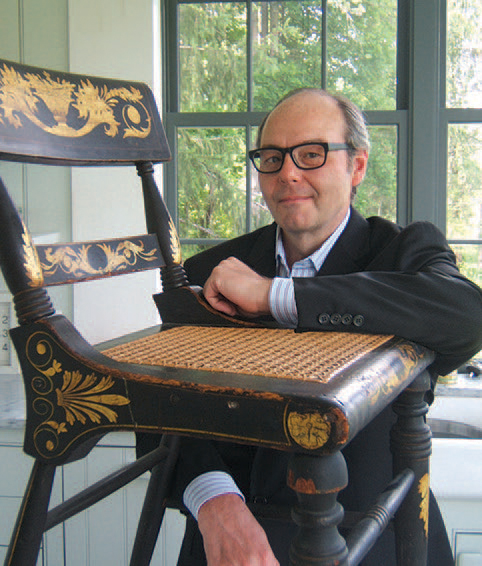
There’s a new attraction in New York City: the Museum of Broadway, which opened in late November, on West Forty-Fifth Street just off Times Square. I went to have a look, even though I attend a Broadway show only every now and then. But I am a close friend to people with long careers in theater management, and I have enormous respect for their hard work and dedication, and for their sakes I had worries about the Museum of Broadway. Among the most prominent descriptive terms used to tout it are “immersive,” “Instagrammable,” “interactive,” and “experiential.” I’d seen those words—setting aside the question of whether they all are actually words—before.
Perhaps you’ve noticed the proliferation in recent years of places calling themselves “museums.” They, too, describe themselves as “immersive” and “experiential” and such. They include the Museum of Illusions, the Museum of Ice Cream, and the Dessert Museum. For a time, Brooklyn was home to a Museum of Pizza. Across the country there are more than a score of places called, in one iteration or another, the Selfie Museum.
“Selfie museum” has, in fact, become a generic term for operations like these, which are not, of course, museums in any genuine sense. Instead they’re commercial ventures that provide eye-catching settings in which to take social media photos. At the Museum of Ice Cream, for example, you can snap yourself luxuriating in a pool of oversized multicolored sundae sprinkles made of “antimicrobial biodegradable material.” Co-opting the word “museum” apparently lends these businesses an air of stature and legitimacy.
And big business they are. The Museum of Ice Cream, which has five locations including two in Asia, offers tickets in the United States at a standard price of $49. The Museum of Illusions opened its first venue in 2015 and now has sixty of them around the globe, in cities from Athens to Zagreb.
So, was I right to worry that the Museum of Broadway might be another one of them? Call me cynical, but if you’ve visited Times Square any time lately you know that, outside of the theaters, cultural sophistication is in short supply there and venality is not. I feared the worst.
Standard tickets to the Museum of Broadway are priced at $39. The galleries occupy three floors, and you begin your tour on the uppermost. “Enjoy your experience!” were the words with which I was ushered inside, and I was encouraged to take as many photos as I liked. Soon my fears were realized—but only to an extent. Most of the galleries on the top floors are dedicated to landmark Broadway productions. Alongside displays of costumes and props, in each there was an area that was obviously designed to serve as a backdrop for selfies. These included a wall covered in pink feathers in the Ziegfeld Follies room; rows of papier-mache cornstalks in the Oklahoma! gallery; a wall of flower-power graphics behind a swing set in the Hair section; and a stack of faux East Village detritus in the gallery for Rent. Several galleries also included interactive opportunities. Those I noticed included a board with magnetic alphabet letters on which to unscramble anagrams to form the titles of Stephen Sondheim musicals, and touchpads for making your own Al Hirschfeld caricatures, police ident-a-kit style.
But I came to see that all of the above were just bells and whistles. The real interactive way to appreciate the Museum of Broadway is to read. The first gallery in the museum features a densely layered timeline of Broadway history, and the spaces devoted to particular shows include highly detailed wall texts and important documents, such as letters that Sondheim and Leonard Bernstein wrote to each other about West Side Story.
The last galleries take the visitor to a place they’ll likely never see: the Broadway world behind the scenes inhabited by playwrights, composers, theater managers, stagehands, and those who take care of costumes, makeup, hair, lighting, and more. The displays are of such depth that you come away with an appreciation for the fact that bringing a Broadway performance to life requires a level of technical and logistical coordination on par with that of a military operation. Now that is “immersive.”
I spent an hour and a half in the Museum of Broadway, but were I a true theater aficionado I could easily have spent ten hours. I suspect that the social media photo ops are really there to draw in people who will subsidize the endeavor, so those who truly love the New York stage have a place to learn about its history.
Just as Broadway is known as “legitimate theater,” to my mind the Museum of Broadway is a legitimate museum , and a good one. On with the show!
